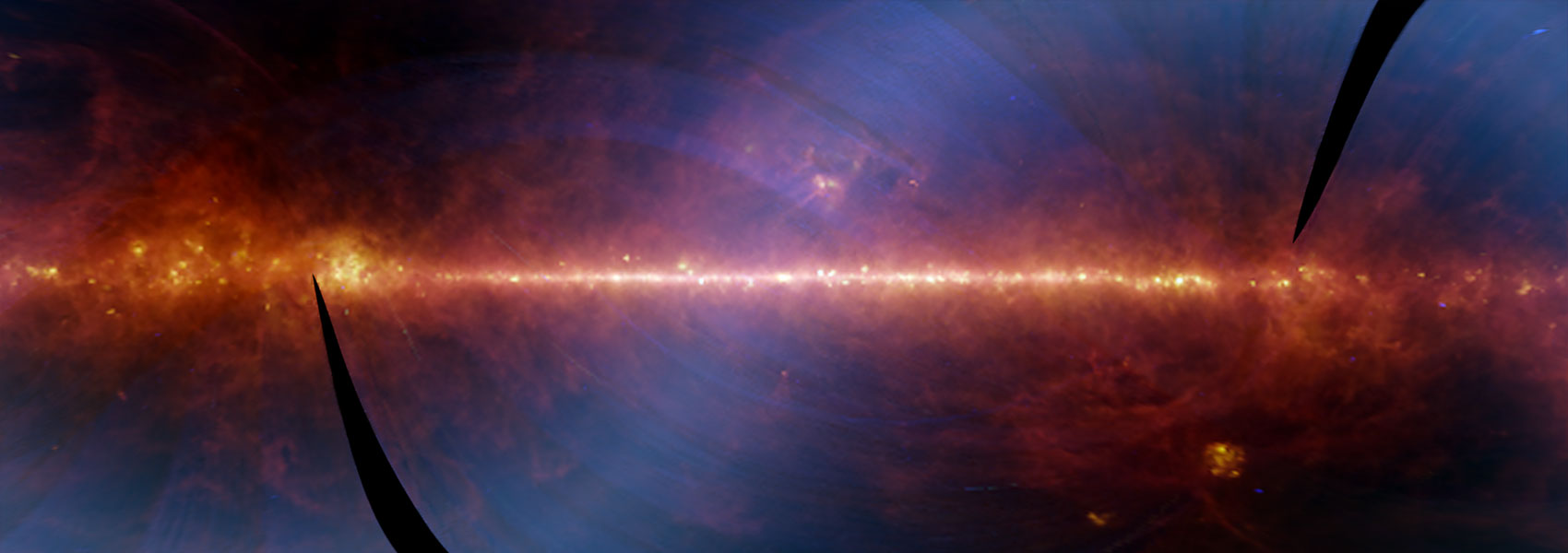I will present my phenomenological model for AGN at z ~ 0 which is based on the Eddington ratio distribution function. My results show that black hole growth at z ~ 0 can be described by two Eddington ratio distribution functions: one for X-ray and one for radio AGN. The distributions vary in shape, however they are both mass independent. This implies that more massive galaxies are neither more likely to host AGN nor to host high accretion rate AGN. I will show how my results relate to quenching and discuss how this simple, but intuitive model can be used to study further characteristics of the AGN phenomenon.
Besides AGN feedback, major galaxy mergers are often considered as a possible cause for quenching. To investigate the impact of major merger quenching I use the stellar mass functions of visually selected major merger and post merger galaxies. I will show that major mergers are unlikely to be a significant quenching pathway, neither at z ~ 0 nor within the last 5 Gyrs. Furthermore, I will discuss how major mergers affect the Eddington ratio distribution function.



